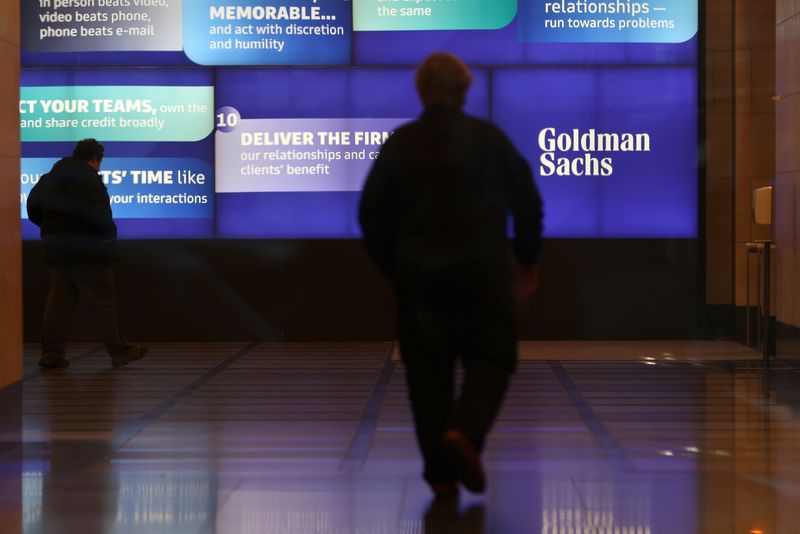Quiver Quantitative - In a recent turn of events, hedge funds have ramped up their defensive postures amid escalating global uncertainties and interest rate anxieties. According to the latest data from Goldman Sachs (NYSE:GS) (GS) prime brokerage, April saw a significant pivot as these funds increased their defensive equity stakes at the fastest rate in eight months. This shift marks a strategic withdrawal from a previous four-month trend of global equity acquisitions. Notably, the health care sector emerged as a prime beneficiary, experiencing the most substantial net buying in nearly a year, while consumer discretionary stocks faced the largest sell-off in seven months.
This defensive realignment is primarily driven by the confluence of economic indicators and geopolitical tensions that have injected a heightened level of volatility into the markets. April's stock market performance starkly contrasted the robust gains of the first quarter, with major indices like the S&P 500 (SPY (NYSE:SPY)) retreating sharply. This reversal underscores growing concerns among investors about the U.S. economic outlook, consumer sentiment, and the persistent challenges posed by inflation. As corporate America issues cautious forecasts, the preference for less cyclical, more stable investments grows, leading hedge funds to seek refuge in health care stocks, known for their resilience during economic turbulence.
Market Overview: -Hedge funds, facing market volatility and interest rate uncertainty, are increasing their holdings of defensive stocks. -Healthcare emerged as the top recipient of new investments in April, with consumer discretionary seeing significant selling. -This defensive shift reflects a potential hedge against a prolonged period of higher interest rates.
Key Points: Goldman Sachs data reveals a surge in defensive equity positions by hedge funds, coinciding with a net sell-off of global stocks. Healthcare, consumer staples, and utilities – traditional defensive sectors – are attracting investor interest. High valuations in technology compared to healthcare incentivize a rotation towards value-oriented defensive stocks.
Looking Ahead: -The future direction of the market will determine the effectiveness of this defensive strategy. -The Federal Reserve's monetary policy decisions and inflation trends will be crucial factors to watch. -Hedge funds may adjust their positions again based on evolving economic conditions.
Moreover, the strategic shift is not merely a reaction to current market conditions but also a hedged bet on the future. Defensive sectors, which have lagged in performance over the past year, including utilities and consumer staples, are now viewed through a different lens. Historical data from Evercore ISI suggests that during prolonged periods of high-interest rates, these sectors often rebound strongly. Hedge funds are betting that this pattern will hold, especially as the Federal Reserve signals a continued tight monetary stance.
In conclusion, the hedge fund sector's latest maneuvers highlight a tactical shift towards defensive stocks, particularly within the health care domain. As market dynamics evolve, these moves could presage broader trends in investment strategies, especially if economic uncertainties persist. Investors and market watchers would do well to keep an eye on these developments, which signal both caution and calculated optimism in the face of volatility.
This article was originally published on Quiver Quantitative
